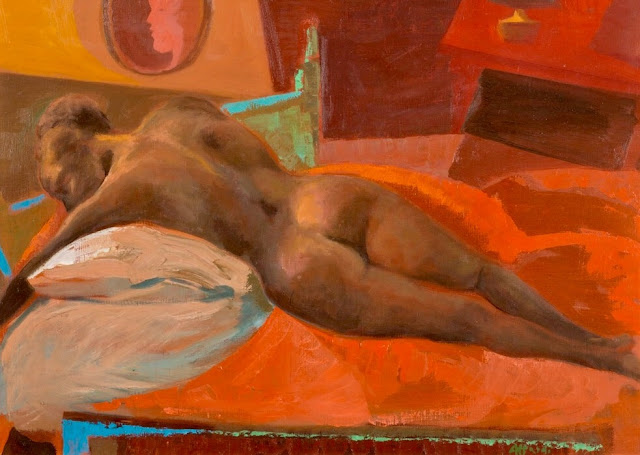Vasco Bendini (27 February 1922 – 31 January 2015) was an Italian informalist painter.
Born in Bologna, Bendini studied at the Bologna Academy of Fine Arts, under Giorgio Morandi and Virgilio Guidi. In 1956 he participated in the XXVIII Venice Biennale, followed by a solo room in the 1964 edition and in the 1972 edition.
After a period close to informalism, especially to the "last naturalism" theorized by Francesco Arcangeli (it), Bendini went through Neo Dada, Arte Povera and conceptual phases, but, then from the 1970s on he returned to working in Informalism



















































